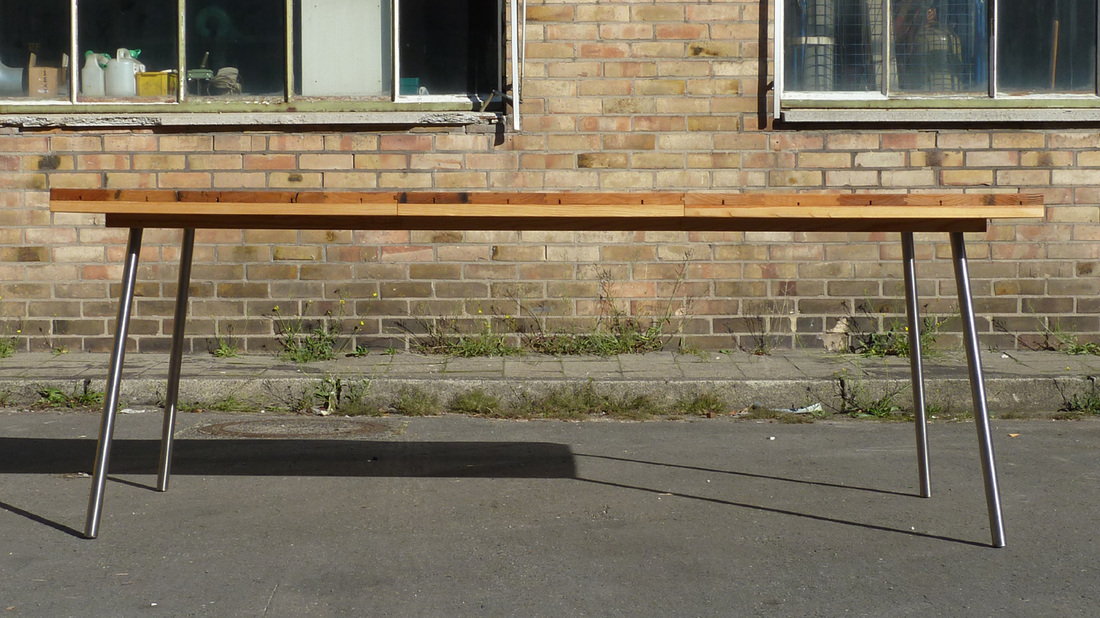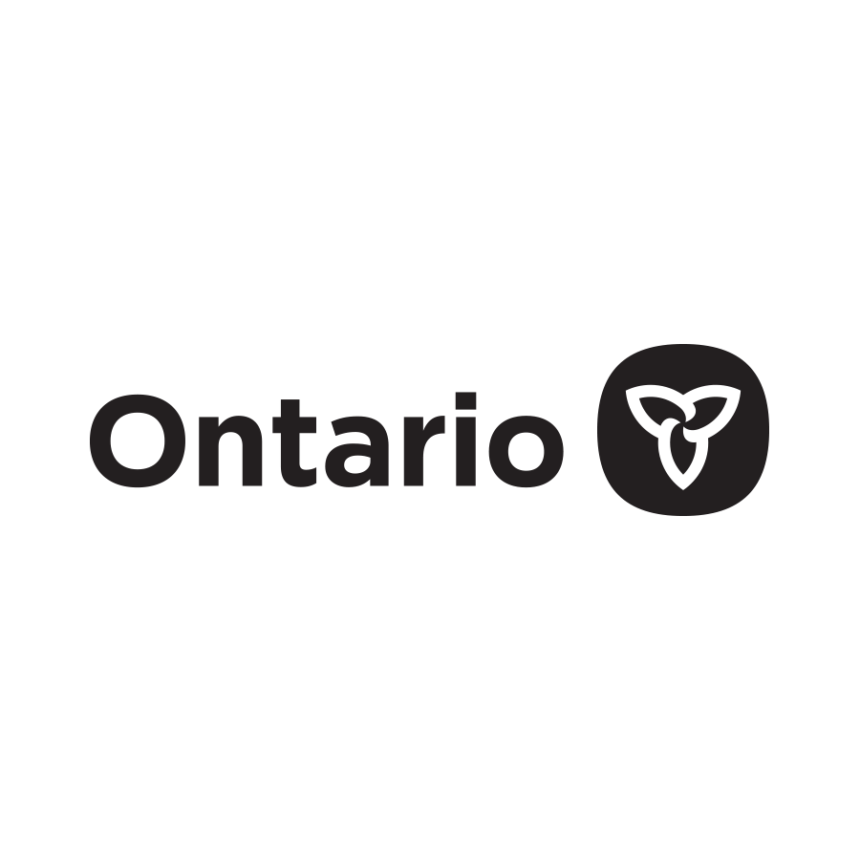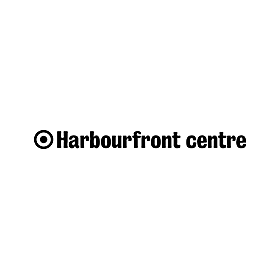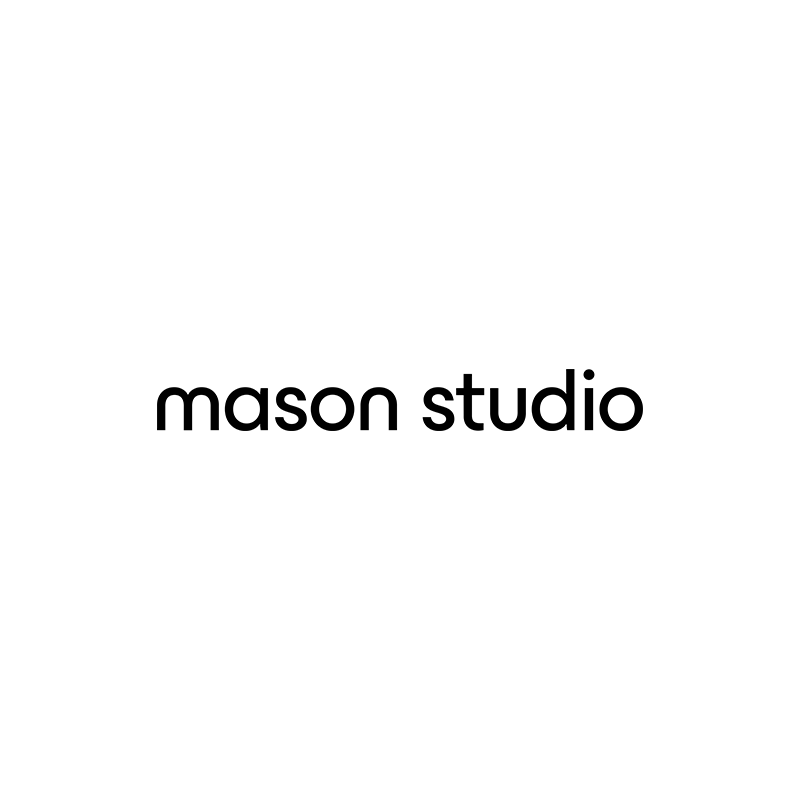

Since 2011, the Toronto Design Offsite Festival has featured a wealth of talent. From furniture to installation to architecture and more, artists and designers working in a range of media showcase exciting new work. Through our new series, Designer Spotlights, readers will have the chance to learn more about past exhibitors, as well as some more recent additions.
Jacob Antoni is a designer, architect, and maker. Hailing from Berlin, Germany, and currently based in Toronto, his designs push the limits of convention, introducing exciting twists in form and function. His work ranges from lighting design to furniture and accessories. Antoni’s work has been featured in Azure, Designlines, Archello, The Globe and Mail, and Next Home.

How long have you been involved and what are your favorite things about the TO DO Festival?
Since I visited Toronto in 2011, the Offsite Festival has always been on my “to-do” list. TO DO offers a huge range of designs, and one can experience all kinds of different approaches and streams, and meet the creators. I have met some great friends and colleagues through the festival, and they are now my design community. I also really enjoy the talks and special events in the different neighbourhoods. If you love design, you will brave being outside all week in January!

Where do you find inspiration for your work?
I draw my inspiration from all kinds of influences, but most often from nature. The Latitude lamp design was inspired by the off-centered balance of the maple key: these little “helicopters” which seem to resist gravity in their flight. Inspiration also strikes when I suddenly find a gap in existing design. And I enjoy taking time to question why we do things the way we do them. As a child I wanted to become an inventor, and I spent a lot of time tinkering with things to customize them. I think it is very important to find your own way, follow your own instincts, and not to follow the mainstream.

How would you describe your practice?
My primary objective when I work on a design is to define what this design adds to all the existing designs already out there. Then I turn to technical, functional, and visual aspects of the design. I aim for “simplexity” — seemingly simple lines highlighting a sophisticated concept. The Transforma lamp was born from the idea to have an expanding chandelier, moving along with an expandable table, and taking the changing light distribution and intensity into account. As a product designer and architect, I enjoy the whole process from first concept and drawings to the final production. Often it needs several ideas, which together arrive at more than the sum of them. And then you might be onto something exciting.

*All images courtesy of Jacob Antoni





























